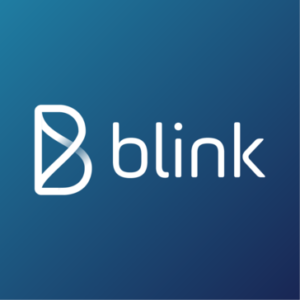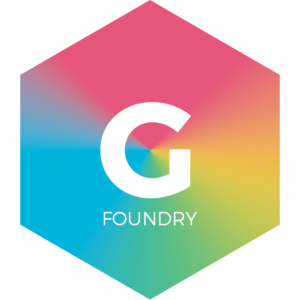Why Is Rewards Management Important In Employee Engagement Software?
Employee engagement software is a tool that helps organizations measure, track, and improve employee engagement levels. It focuses on fostering a positive work culture by gathering feedback, offering insights, and providing tools to improve employee satisfaction, motivation, and productivity.
One feature that helps improve employee satisfaction is rewards management. It allows stakeholders to recognize employee achievements, encourage desired behaviors, and reinforce a positive work environment.
Benefits Of Rewards Management In Employee Engagement Software
Here are some advantages of rewards management in employee engagement software:
- Boosts Motivation: Recognizing and rewarding employees for their hard work and accomplishments increases motivation. Employees who feel their efforts are appreciated are more likely to stay engaged and work towards higher performance.
- Improves Job Satisfaction: Rewards systems that are fair and aligned with employee expectations enhance overall job satisfaction. Employees who feel valued through rewards are more likely to remain committed to the company.
- Enhances Retention: Rewards management helps enhance retention as employees feel recognized and valued. Employees who feel valued are more likely to stick with an organization longer.
- Improves Company Culture: A well-designed rewards management system enhances the company's culture by helping nurture a positive and encouraging work environment. It shows that the organization values its employees, contributing to a stronger sense of belonging and loyalty.
What Are The Common Features Of Employee Engagement Software With Rewards Management?
Employee engagement software with rewards management allows organizations to recognize their employees' accomplishments. Most systems feature real-time recognition using badges, e-cards, rewards, and tangible awards such as monetary bonuses, gift cards, and more. Additional features include peer-to-peer recognition, public recognition, feedback mechanisms, and development opportunities.











